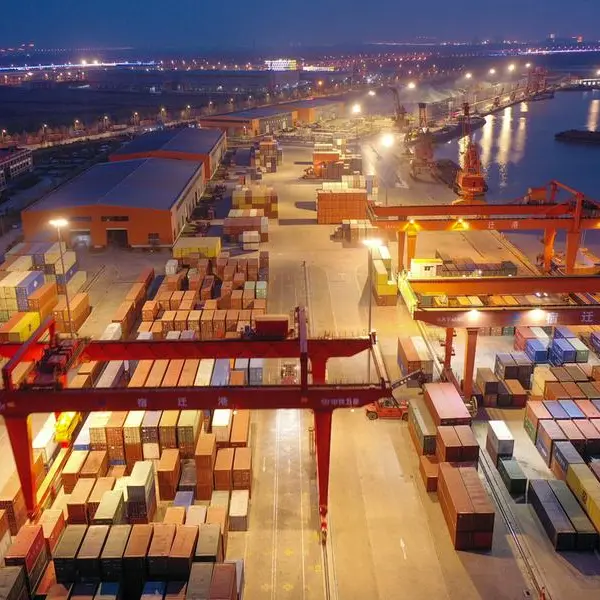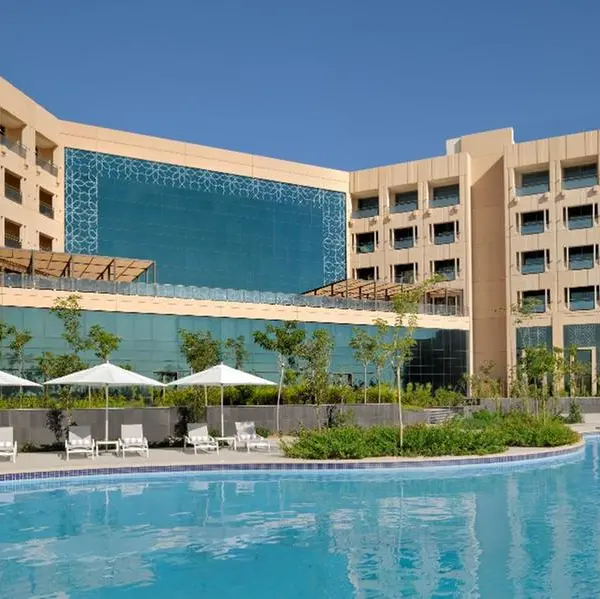The recently concluded GCC Summit called for joint action of young people and the private sector to play greater roles in economic diversification efforts.
It also called for efforts to improve the infrastructure connectivity that will help citizens and residents of the GCC to move around swiftly and with minimum restrictions. Tourism, which was seen as the main pillar of the GCC non-oil diversification policy over the last two decades, suffered a big setback when the Covid-19 pandemic shut down all borders (land, sea and air).
Economies are now back on the recovery path and the mega-events, such as the Expo 2020 in Dubai, are now attracting millions of visitors.
The Fifa World Cup to be held in Qatar next year is expected to attract millions of visitors and some joint efforts will help other GCC members to draw some of these visitors, who will be travelling to the region from all over the world.
Apart from boosting transport connectivity, it is also important to have liberal visa policies for both citizens and residents of the GCC.
Maithaa bint Saif al Mahrouqiyah, Under-Secretary of the Ministry of Heritage and Tourism for Tourism, said the integration of the tourism sector between the Gulf countries should not be seen as a competition.
“We seek to open more recreational tourism projects to attract family tourists from Saudi Arabia and the Gulf countries,” she said. With the opening of the direct road to the Kingdom of Saudi Arabia, the Ministry of Heritage and Tourism in the Sultanate of Oman is expecting an influx of tourists from the other side in the coming years.
Both sides are expected to increase the number of flights between the two countries.
“I see a big potential for the road tourism between the two countries in the coming years. Saudi Arabia is a vast country and has plenty to offer to tourists, so is the Sultanate of Oman as a gateway to the Arabian Peninsula. The Empty Quarter region itself is an attraction and will attract visitors if facilities are developed for motorists on both sides of the border,” said a travel operator who has some experience of taking pilgrims from the Sultanate of Oman to the Saudi holy cities for Umrah.
“It is a big opportunity in the Sultanate of Oman for tour operators to start operations in the Empty Quarter. The Ministry of Heritage and Tourism will be announcing appropriate incentives, including the development of facilities, to get tourists from the GCC,” sources in the travel and tourism told the Observer.
“If people can drive 1,000 km to Salalah from Muscat, they will be able to do so to Saudi Arabia also in the coming months,” they said.
The Under-Secretary also said that citizens from 103 countries are now allowed to enter the Sultanate of Oman without securing a prior visa and can stay for up to 14 days.
At the same time, citizens from 27 out of these 103 countries can enter the Sultanate of Oman without a prior visa only if they have a Schengen visa in their passport, or have entry visas to the US, Australia, United Kingdom, Canada, or Japan. The 27 countries are India, Egypt, Jordan, Morocco, Uzbekistan, Belarus, Azerbaijan, Tajikistan, Costa Rica, Kyrgyzstan, Nicaragua, Armenia, Panama, Bosnia and Herzegovina, Turkmenistan, Honduras, Guatemala, Kazakhstan, Laos, Albania, Bhutan, Peru, Salvador, Mexico, Vietnam, Cuba and the Maldives. Several citizens and residents of the UAE and the Sultanate of Oman cross the land border daily for work and tourism purposes. Recently, Kuwait announced that some GCC expatriate professionals (53 nationalities) with residency for more than six months in Saudi Arabia, Bahrain, Qatar, United Arab Emirates and the Sultanate of Oman can apply for an online tourist visa. The professions include consultants, doctors, engineers, lawyers, teachers, media staff, managers, businessmen, and diplomatic corps. Upon arrival, a visa fee of 3KD may apply after obtaining the visa at the border entry point.
2021 © All right reserved for Oman Establishment for Press, Publication and Advertising (OEPPA) Provided by SyndiGate Media Inc. (Syndigate.info).






















